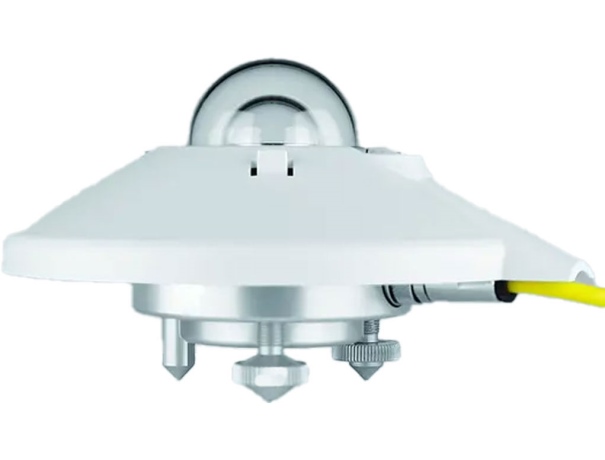Solar radiation is a crucial parameter in various fields, from meteorology to renewable energy. To accurately measure solar radiation, instruments like pyranometers come into play. But what exactly is a pyranometer?
Pyranometers are devices designed to measure the total solar radiation flux density (W/m²) from the hemisphere above within a wavelength range that goes from the near-infrared to the ultraviolet. These instruments are pivotal in understanding the solar energy potential of a particular location and are widely used in meteorology, climatology, agriculture, renewable energy, and environmental monitoring.
Types of Pyranometers
There are several types of pyranometers available, each with its unique design and working principle. Some of the common types include thermopile pyranometers, photovoltaic pyranometers, and silicon-cell pyranometers.
Thermopile pyranometers utilize a set of thermocouples to measure the temperature difference between a blackened surface and a reference surface exposed to solar radiation. Photovoltaic pyranometers, on the other hand, convert solar radiation directly into an electrical voltage using photovoltaic cells. Silicon-cell pyranometers employ a silicon photodiode as the sensing element to measure solar radiation.
Working Principle
Pyranometers operate based on the principle of converting incoming solar radiation into a measurable electrical signal. The sensing element within the pyranometer absorbs the solar radiation, generating a small electrical current or voltage proportional to the intensity of the radiation.
This electrical signal is then processed and calibrated to provide an accurate measurement of solar irradiance in watts per square meter (W/m²).

Applications
The applications of pyranometers are diverse and widespread. They important in various fields, including:
- Weather forecasting: It help meteorologists understand the solar energy input into the Earth's atmosphere, aiding in weather prediction models.
- Solar energy assessment: In the renewable energy sector, theyare used to assess the solar resource potential at a given location, crucial for solar energy system design and optimization.
- Environmental monitoring: theyare employed in environmental studies to monitor solar radiation levels and their impact on ecosystems, climate patterns, and atmospheric conditions.
Factors Affecting Accuracy
Several factors can influence the accuracy of pyranometer measurements, including:
- Angle of incidence: The angle at which solar radiation strikes the pyranometer can affect its accuracy. Proper orientation and mounting are essential for reliable readings.
- Spectral response: Pyranometers have varying spectral responses, which can affect their sensitivity to different wavelengths of solar radiation.
- Maintenance: Regular maintenance, including cleaning and calibration, is crucial to ensure the accuracy and longevity of pyranometers.
Installation Tips
To ensure accurate measurements, proper installation of pyranometers is paramount. Key installation tips include:
- Proper placement: Pyranometers should be mounted in an unobstructed location with a clear view of the sky to minimize shading and reflections.
- Calibration procedures: Regular calibration against a reference standard is necessary to maintain accuracy over time.